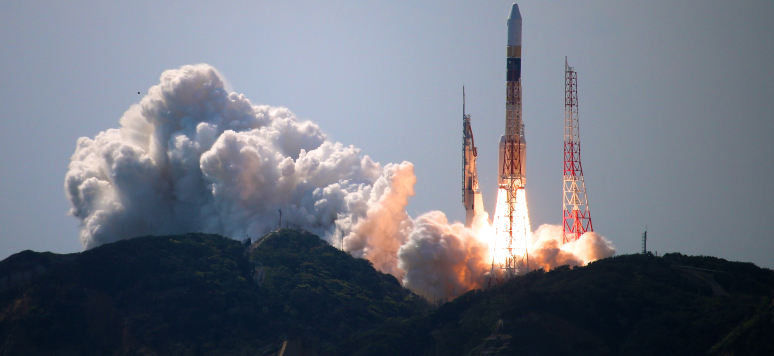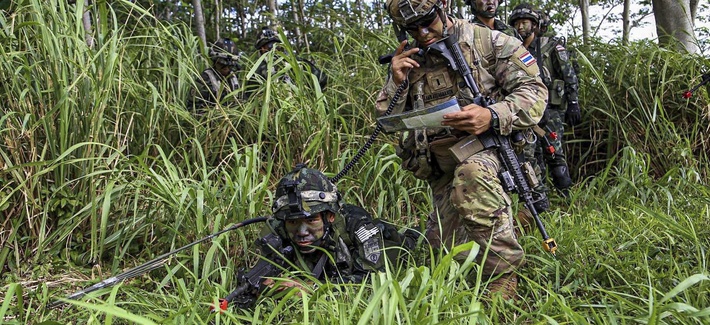Cover image: ThisisEngineering RAEng, Unsplash
The world may be fast approaching the perfect storm, with the intersection of two major global trends. At a moment of historic transition, when the post-WWII and post-Cold War international order is eroding amid competing visions of world order and renewed geopolitical rivalries, the world is also in the early stages of an unprecedented technological transformation. It promises to be a period of exponential change, the second—and far more disruptive—chapter of the digital revolution that began with the Internet in the 1990s. Historically, technology usually races ahead of institutions, rules, and norms. The extraordinary magnitude of change at a time of global institutional fraying and disorder, however, portends a particularly dangerous gap in global governance impacting economies, societies, and the future of war.
Substantially more technology-driven change will take place during the coming two decades than in the first ICT (information and communications technology)-based revolution, with profound social, economic, and geopolitical ramifications. This new wave is a convergence of technologies, a digital synergy of artificial intelligence (AI), big data (the cloud), robotics, biotech/biosciences, three-dimensional (3D) printing, advanced manufacturing, new materials, fifth-generation (5G) powering the Internet of Things (IoT), nanoengineering and nanomanufacturing, and, over the horizon, quantum computing. It is a still thickening merger of the digital and physical economies (called “online-to-offline,” or O2O), transforming business models, transport, healthcare, finance, manufacturing, agriculture, warfare, and the very nature of work itself.
 Immediately after the first gulf war in the early 1990’s the theories of Revolution in Military Affairs (RMA) and Information Warfare were being studied all over the world as a new kind of warfare. During that time, a course on Information Warfare was conducted at the National Defense University of USA. The course participants were from senior officers of the armed forces, representatives of Department of Defence and Department of State and policy makers from the government. Rand Corporation of US was conducting this course. Continue reading.......
Immediately after the first gulf war in the early 1990’s the theories of Revolution in Military Affairs (RMA) and Information Warfare were being studied all over the world as a new kind of warfare. During that time, a course on Information Warfare was conducted at the National Defense University of USA. The course participants were from senior officers of the armed forces, representatives of Department of Defence and Department of State and policy makers from the government. Rand Corporation of US was conducting this course. Continue reading.......





